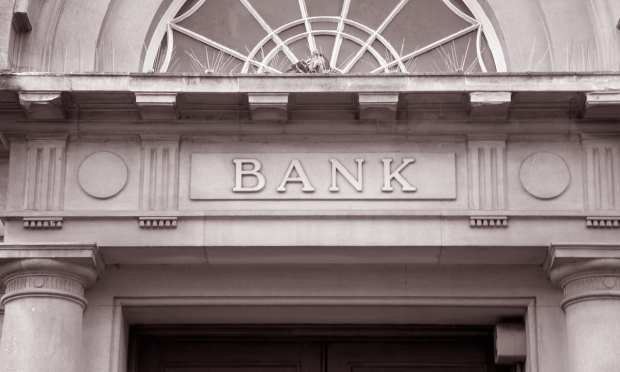Unbanked Segments Become Valuable Focus For Payments Companies

The pandemic was miserable for everyone by its very nature, but the hardship did not exactly fall evenly across the population. For the unbanked and underbanked, according to reports, the sledding was more than a little rough as they often lacked access to the digital economy that has kept so many other consumers afloat for the last year or so.
“To be unbanked in America today means that families are unable to fully participate in our financial system,” Signe-Mary McKernan of the Urban Institute told News 4 New York of the unbanked population in the city. “If you don’t have access to credit when you need it you’re going to end up turning to payday lenders where you’re going to end up paying a lot more and end up in a spiral of debt.”
It has also meant that as stimulus checks have rolled out these consumers have often had to wait the longest for relief funds, since they have no accounts into which the IRS can directly deposit their funds, leaving them waiting on the perennially delayed USPS.
In New York City the unbanked rate is higher than the national average, with roughly 11 percent of the population lacking a checking or savings account, whereas nationally only about 5 percent of Americans are fully unbanked according to FDIC data, or about 7 million Americans.
And while 7 million people is objectively a large number, the 5.4 percent unbanked rate (as of 2019, the last year data is available for) represents the lowest portion of unbanked consumers since the FDIC first started gathering data on the subject in 2009. The same survey found that some 16 percent of Americans who are underbanked have some sort of bank account, but they also rely on non-bank financial service providers like payday lenders.
Consumers who are unbanked are so for a reason, the most common reason cited for being unbanked was that they did not have enough money to meet the minimum balance requirements and didn’t wish to pay a fee. Among unbanked respondents, 56.2 percent said they were not interested in obtaining a checking or savings account, while 24.8 percent were interested, the FDIC reports.
The steep drop-off in America’s unbanked population has occurred as an increasing host of FinTech players including PayPal, Chime, Cash App, Venmo and Money Lion are looking to offer bank-like services for consumers, without the costs and concerns of signing on with an actual bank.
“We firmly believe as a company that everyone should have access to affordable, convenient, secure and low-cost financial services,” PayPal CEO Dan Schulman told investors. “I think what we are trying to do is not try to compete or replace what’s going on with banks, but work with the financial system to fill in the gaps in the current system, so that everyone can afford the opportunities that the digital economy is extending.”
But FinTech, notably, isn’t alone in stepping up to capture the unbanked and underbanked opportunity in the U.S. Mainstream banking players like PNC are stepping into the arena to compete for the business of those historically left behind who now need the services to be able to fully participate in an increasingly cash-free digital economy. Earlier this year PNC was one of 60 financial institutions certified by the CFE (Cities for Financial Empowerment) Fund for extending low-cost checking accounts for unbanked and underbanked consumers.
“These bank and credit union accounts support local Bank On coalition efforts to expand access to safe and appropriate financial products and services to the almost 36 million people outside of the mainstream financial system,” the CFE release said.
The accounts at $5 a month are inexpensive to maintain and come with no fees, and no overdrafts.
“We are committed to providing inclusive banking services for customers who may not have access to traditional checking or savings accounts,” said Bonnie Wikert, PNC executive vice president and head of retail segments and deposit products. “Our Smart Access prepaid debit card product is designed to help those customers conduct their banking in a safe and convenient manner.”
The question, it seems, going forward is how much longer the terms “banked” and “unbanked” will continue to be relevant, as non-bank players continue to step in and provide the service suites banks are historically known for to consumers without all the historical fuss and expensive fees that banks are known for carrying with them. It seems we are living in a future where a “banked” customer need not necessarily have an account at an actual bank.
And investors, notably, seem to believe already. In the last year, according to Forbes reports, total venture capital investment among the top private non-banks in the U.S., Europe, and Latin America surged. Businesses like Chime, Robinhood, NuBank (Brazil), and Revolut (Europe) all fetched valuations north of $5 billion as of last year. PayPal and Square (parent companies of Venmo and Cash App) saw their stock prices more than double.
Historically they might have been forgotten, but the unbanked and underbanked are no longer fading into the financial services background. The competition to bring the bank to them is shaping up and in the last year has started moving more sharply as the need has widened.
